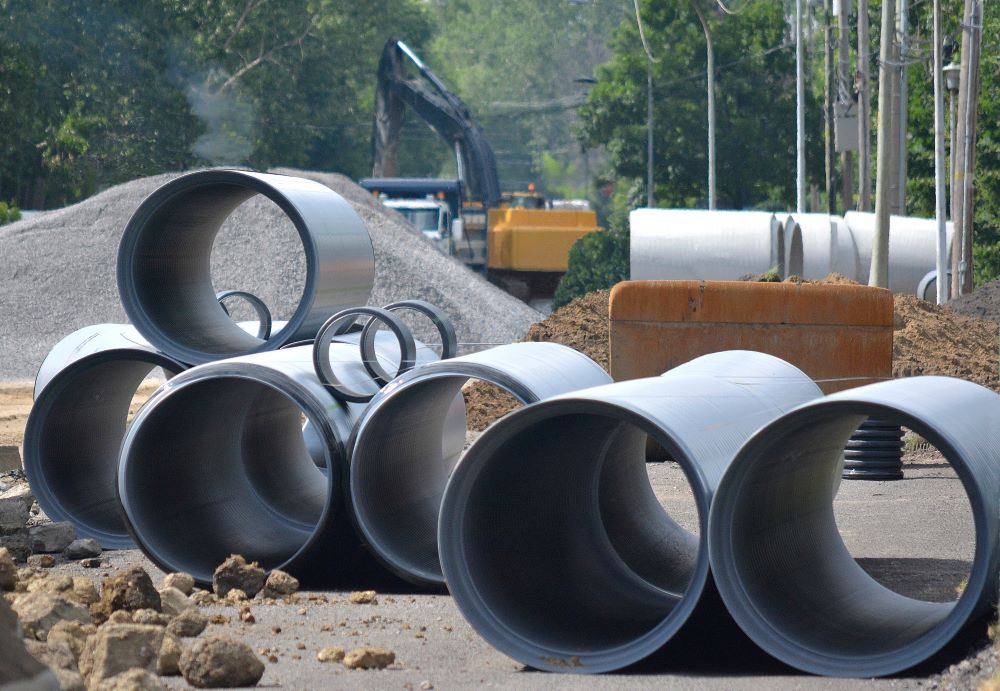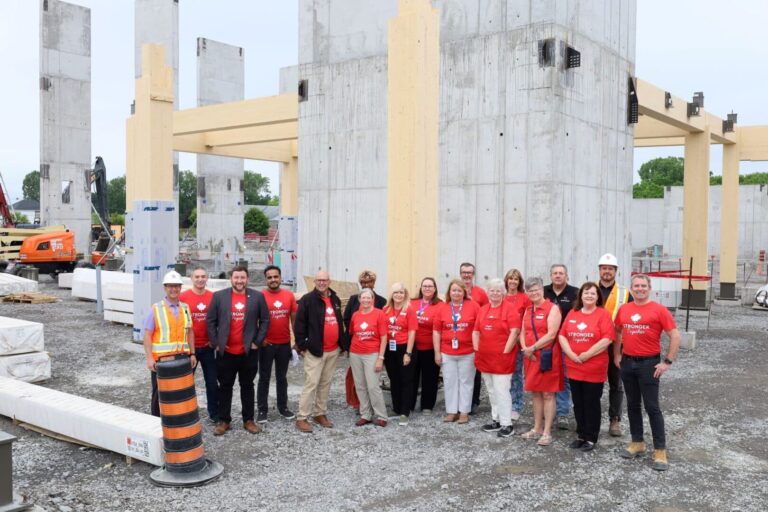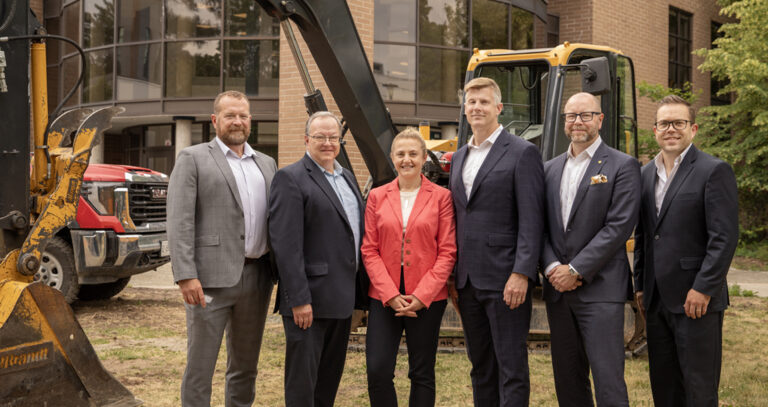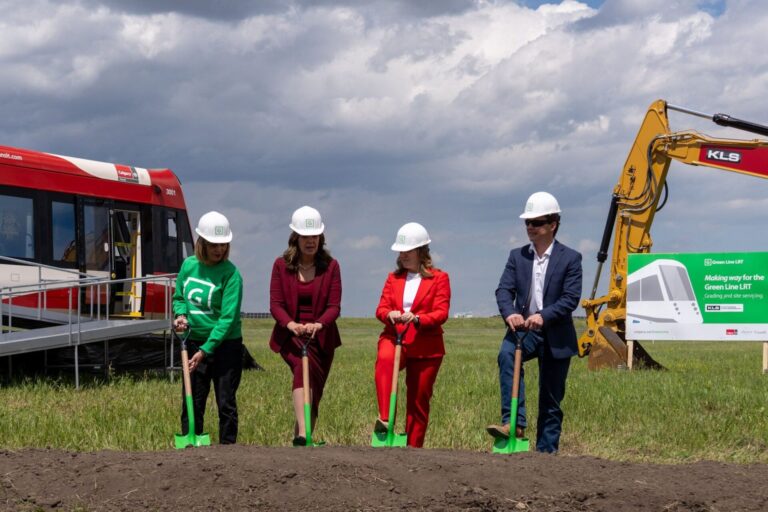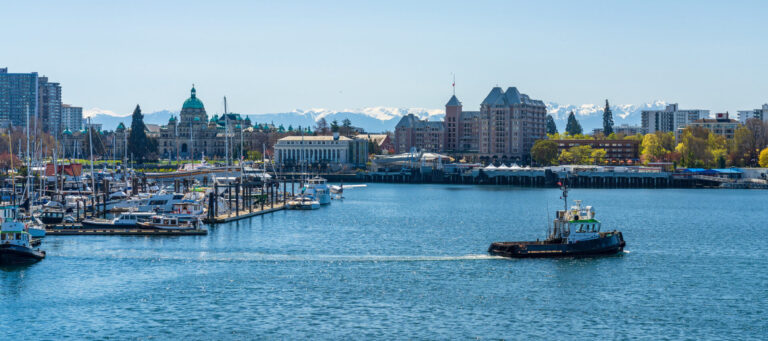More extreme rainfall to add $6.2 billion to Ontario’s linear storm and wastewater infrastructure costs by 2030, and significantly more by 2100, according to a report released by the Financial Accountability Office of Ontario (FAO).
The report, Costing Climate Change Impacts to Public Infrastructure: Linear Storm and Wastewater, is the latest in a series of reports analyzing Climate Impacts on Public Infrastructure (CIPI). This report examines the impacts of more extreme rainfall on the long-term costs of maintaining public linear storm and wastewater infrastructure in a state of good repair.
Ontario’s stormwater assets of pipes, ditches and culverts, and wastewater assets of sewer pipes and sanitary force mains, are owned by the province’s 444 municipalities and valued at $124 billion (all costs are in 2020 real dollars). Maintaining public infrastructure in a state of good repair helps to maximize its benefits in the most cost-effective manner over time.
In the short term, climate-related impacts from more extreme rainfall are projected to increase infrastructure costs by $0.7 billion annually across the medium and high emissions scenarios, which would accumulate to $6.2 billion by 2030 in the absence of adaptation. This is a 27 per cent increase in municipal infrastructure costs relative to the stable climate projection.
Over the long term, additional climate-related costs will depend on the extent of global climate change.
In a medium emissions scenario, where global emissions peak by mid-century, more extreme rainfall will raise the average annual cost of maintaining the existing portfolio of public storm and wastewater infrastructure in a state of good repair by $1.1 billion per year, totalling $88 billion over the century, in absence of adaptation. In a high emissions scenario, where global emissions continue rising throughout the century, these costs would instead increase by $1.8 billion per year, totalling $145 billion by 2100.
As extreme rainfall increases, unadapted assets will increasingly face capacity constraints, raising the flood risk to surrounding areas. While outside the scope of this report, the costs of flooding damages for households and businesses are likely to be substantial.
However, public storm and wastewater infrastructure assets can be adapted, either by increasing their capacity or incorporating source control measures (such as green infrastructure). This would help avoid higher climate-related operations and maintenance costs, and reduce flood risk in surrounding areas.
Depending on the emissions scenario, proactively adapting public storm and wastewater infrastructure will add between $71 billion to $127 billion to infrastructure costs relative to the stable climate scenario by 2100. This represents a cost increase between 29 and 53 per cent. While significant, these additional climate-related costs are lower (in real dollars) than those incurred in the absence of adaptation or if adaptation was undertaken at a more gradual pace. In addition to being the least expensive strategy for municipalities (in real dollars), a proactive adaptation strategy would also reduce flood risk more rapidly.
To learn more, read the full report here.
Quick Facts:
- If the climate was stable, it would cost an average of $3.0 billion per year, or $240 billion over the century, to bring and maintain these assets into a state of good repair.
- Over the 1976-2005 period, the average 1-in-2-year 24-hour rainfall in Ontario was 48 mm. By the 2071-2100 period, there is projected to be 55 mm (with a range of 53 to 59 mm) of rain on average in the low emissions scenario and 73 mm (66 to 86 mm) of rain in the high emissions scenario.
- Over the 1976-2005 period, there were on average 103 mm of rain in 24 hours during a 1-in-100-year rainfall event in Ontario. By the 2071-2100 period, there is projected to be on average 118 mm (113 to 127 mm) of rain in the low emissions scenario and 158 mm (142 to 184 mm) of rain in the high emissions scenario.
- The proactive adaptationstrategy reduces flood risk faster than the other asset management strategies, as the portfolio of storm and wastewater assets are adapted at a faster pace ensuring that assets can manage the increased volume of rainfall, significantly lowering the flood risk in surrounding areas compared to unadapted assets.
Featured image: (RCCAO)

